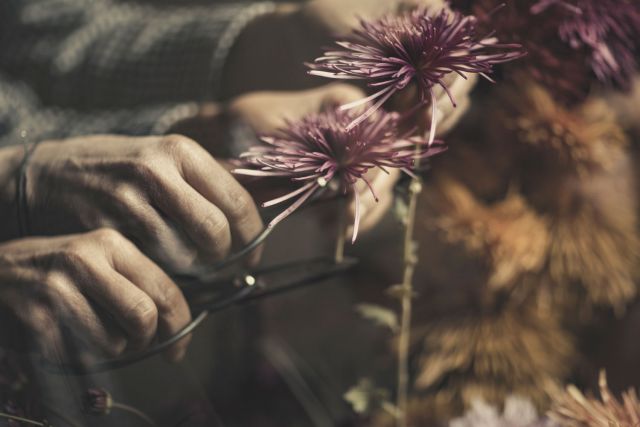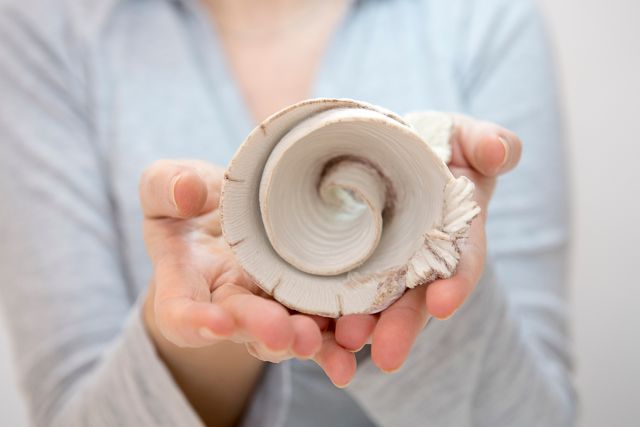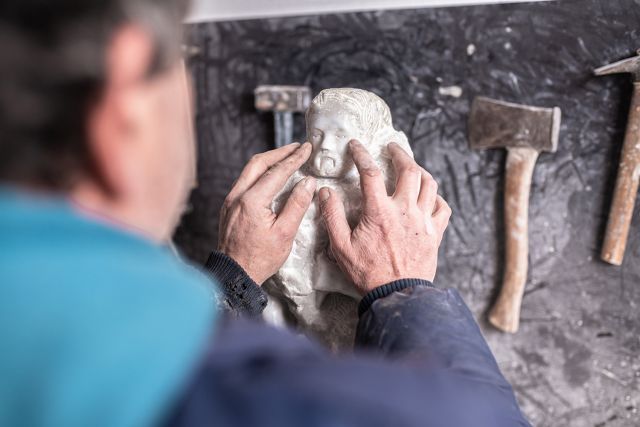The petals of this handcrafted silver filigree pendant, in the form of a dahlia, are filled with herrings of different sizes. The herringbone is a type of long and narrow decoration, one of the most typical of the filigree of Campo Ligure.
Length 4.5 cm
Width 1.5 cm
Height 4.5 cm
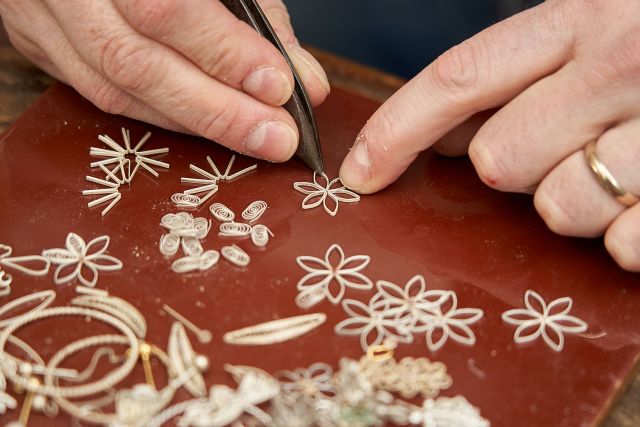
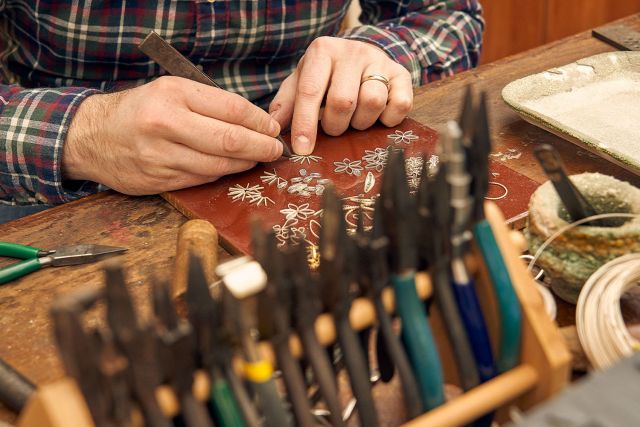
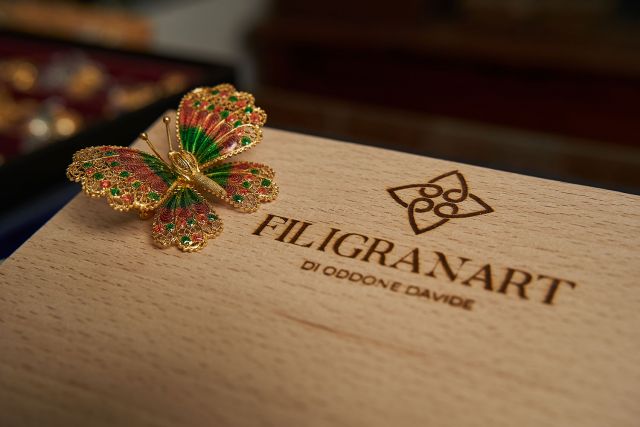
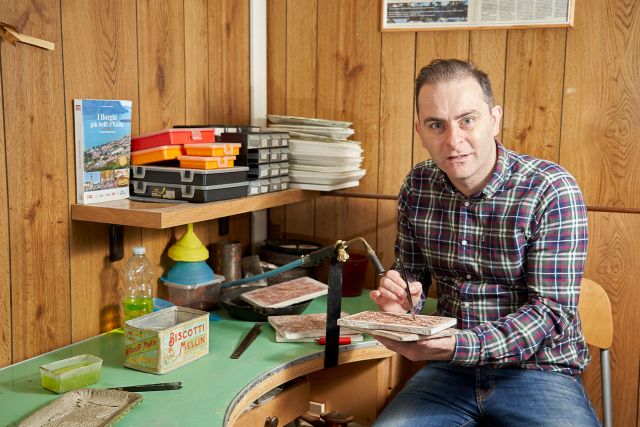
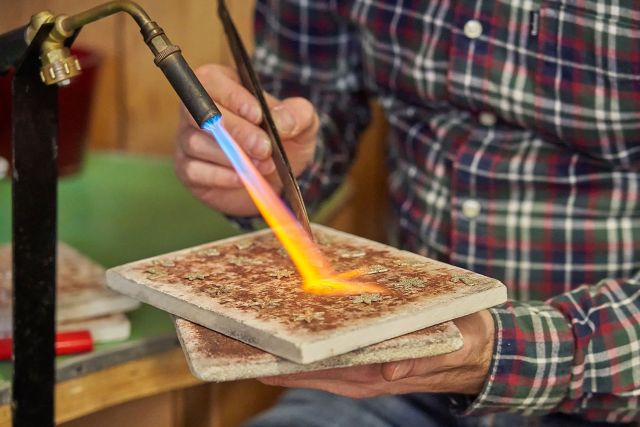
Davide Oddone
- Filigranart
- Jewellery maker
- Campo Ligure, Italy
- Master Artisan
- Recommended by Fondazione Cologni Dei Mestieri D'Arte
Monday to Saturday 09:00 - 12:15/15:00 - 19:00
+39 3405533652
The grace of filigree
- • Davide makes jewellery out of silver threads
- • He learned everything from his mother
- • His work is deeply rooted in his home town
Davide Oddone has always wished to carry on the family tradition of silver filigree. Following a degree in Political Sciences, in 2006 he took over the family business from his mother. In his workshop in Campo Ligure, the homeland of this craft, he produces the most delicate and refined jewellery, playing with transparency and grace. Twisting subtle silver threads, he creates earrings, necklaces, brooches, bracelets, rings, spanning from classic subjects such as butterflies, edelweiss, orchids and religious themes, to abstract shapes of fashion jewellery. “I have a cultural heritage I can reproduce and reinterpret. This craft is very flexible and silver is a malleable metal: so the range of creative choices is wide and thrilling," Davide says.
Read the full interviewWorks
Photo: © Luca Orlandini

Photo: © Luca Orlandini
This semi-rigid silver bracelet is composed of ten filigree circles and a lobster clasp. The circles are filled with a biscuit thread, a zig-zag thread that is bent on itself creating a fine perforated effect.
Length 6.5 cm
Width 6.5 cm
Height 4 cm

Photo: © Luca Orlandini
This rigid silver bracelet presents the three principal types of decoration typical to filigree of Campo Ligure: the openwork rizzetto, the full and round block and the long and narrow herringbone.
Length 7 cm
Width 7 cm
Height 4 cm

Photo: © Luca Orlandini
Medallion filigree earring with an eight-petal flower and an external hand twisted thread decoration.
Height 4.5 cm
Diameter 4.5 cm





